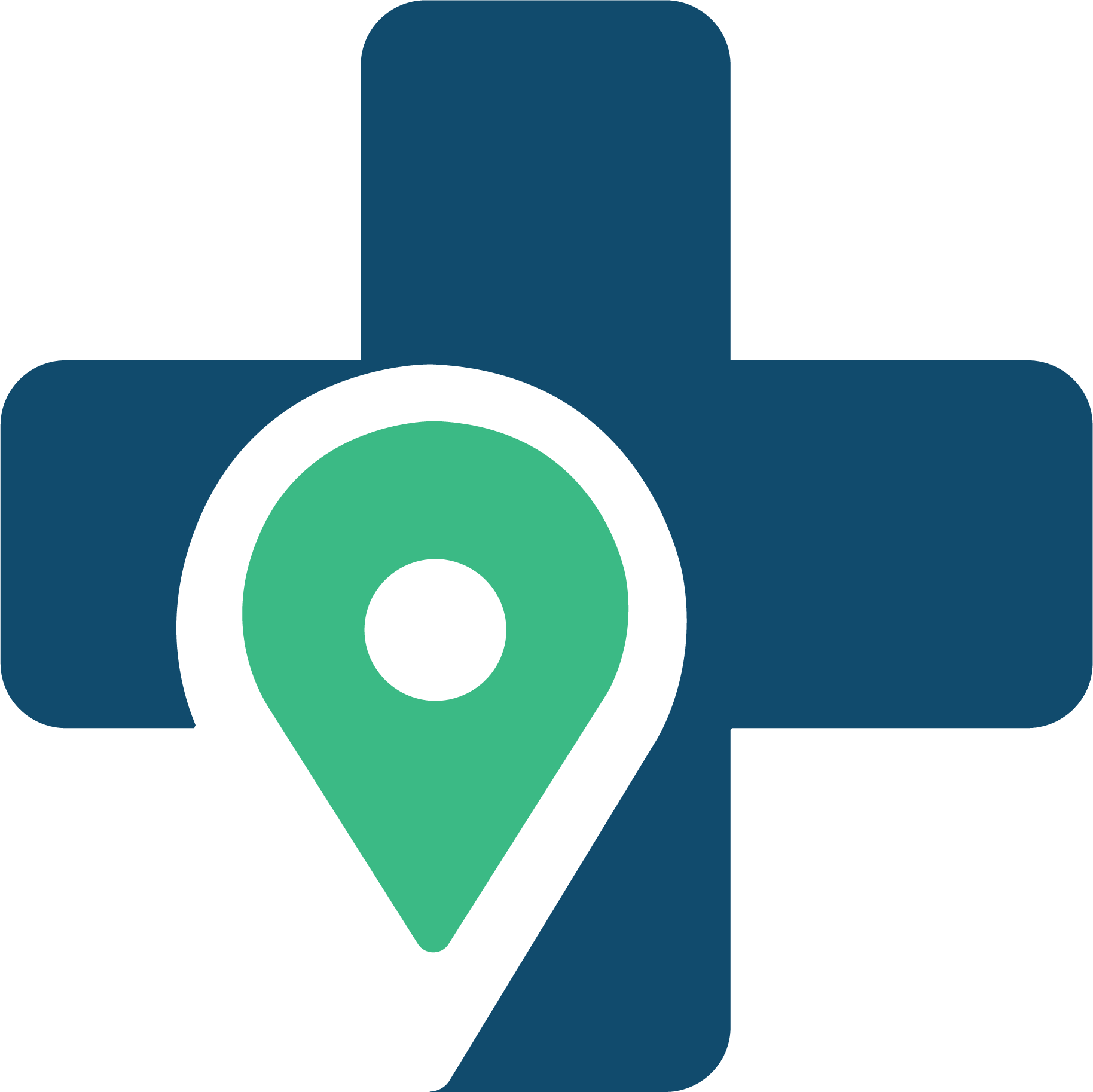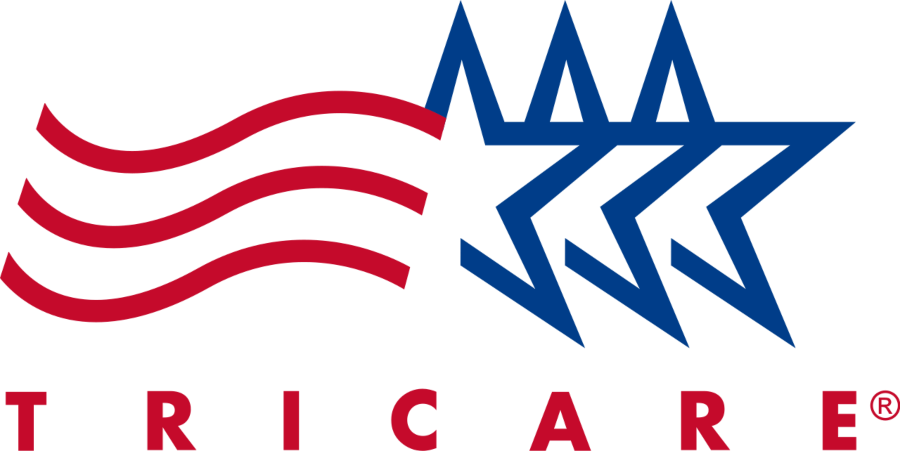What Is Naltrexone
Naltrexone is a prescription medication sold under the brand names ReVia, Vivitrol, Trexan, Depade, Nalerona, Abernil, Naltrexona, and Adepend. Naltrexone is administered for the management of alcohol and opioid abuse and addiction. Used under the supervision of a physician and in tandem with other treatment modes like talk therapy, Naltrexone can be a vital part of a comprehensive and effective recovery plan.
Naltrexone is a synthetic medication similar to morphine. Naltrexone blocks opiate receptors in the nervous system to prevent the user from experiencing the enjoyable feeling associated with opioid or alcohol addiction.
By blocking the receptors, cravings and urges to use alcohol or opioids are appeased, and addicts are better able to remain abstinent. While Naltrexone may seem practical on its own, it is crucial to supplement Naltrexone treatment with counseling and other support.
Recovering from an alcohol or opiate addiction is neither an easy or linear path. It takes time, resolve, and support. However, there is hope. With the help of Naltrexone and an individualized treatment path catered to your unique obstacles and advantages, recovery is possible.
What Is Naltrexone Used for
Naltrexone is chiefly used for opiate addiction, more specifically for heroin addiction. However, in recent years it has gained momentum for its success in breaking patterns of alcohol abuse. While it is not a miracle cure for addiction, it can be beneficial when used as part of a multifaceted treatment plan.
Before starting a Naltrexone prescription, the patient must not be physically dependent on alcohol or opiates. People with alcohol or drugs in their system will experience nausea, vomiting, and other brutal side effects of the medication combined with other substances. Most treatment providers will wait until after the medical detox process is complete before administering Naltrexone to avoid this discomfort and other potential side effects.
Information About Naltrexone
Though Naltrexone facilitates positive outcomes, a professional healthcare provider will assess whether Naltrexone is a suitable treatment for addiction recovery, and each case will be considered individually.
Here’s what to expect from a Naltrexone recovery plan:
- Do not stop taking Naltrexone once prescribed. Always consult a physician.
- Missing doses of Naltrexone may put the individual at risk of relapse.
- The addict must be opioid or alcohol-free for at least 7-10 days before starting treatment.
- After stopping Naltrexone, tolerance for addictive substances will decrease.
- If the addict begins using opioids again, there is a risk of an overdose.
- Patients with substance abuse disorders are often at risk of suicidal thoughts, especially during recovery.
- While opiate pain medications will not work on Naltrexone, ibuprofen and acetaminophen are not affected.
Naltrexone For Alcohol Abuse
Alcohol withdrawal affects each person differently. Some may be lucky and experience mild symptoms that dissipate within a few days. Meanwhile, others may contest with severe symptoms that linger for the rest of their life. Since there is no prediction of how the body will react to withdrawal, it is recommended patients check into a rehabilitation facility where a professional health care provider can monitor their health.
Many treatment centers administer Naltrexone in the early stages of recovery. By blocking the body’s receptors, Naltrexone removes the euphoria that is produced when you drink.
When alcohol is consumed, it enters the bloodstream and travels through the body rapidly. As a depressant, alcohol releases endorphins that bring a sense of relaxation. The more endorphins that are present in the brain, the better a person feels. It is this feeling that is addictive.
Unlike similar anti-addiction medications, Naltrexone is non-addictive and non-narcotic. This means that users will not develop a dependence on the drug. Even if a patient relapses, Naltrexone will prevent them from achieving the state of calm they enjoyed in the past. In time, the brain will begin to disassociate alcohol as a pathway to happiness, meaning patients have a greater chance of recovery.
Naltrexone For Opioid Abuse
Opiates are infamous for producing pain relief and euphoria, followed by short-lived contentment. Soon, users don’t know how to reach these effects without their opiate of choice. Just like when administered for alcohol abuse, taking Naltrexone blocks the euphoric outcomes of opiate use.
For the duration of Naltrexone treatment, the individual will be able to regain a long-lost drug-free state of mind and their focus will turn to developing a meaningful, healthy life.
How to Take Naltrexone
Naltrexone must only be taken as prescribed and monitored by a qualified physician, preferably as part of an overall treatment program.
Naltrexone comes as a tablet, injection, or implant. Before starting treatment, the physician will choose the form best suited to the needs of the individual.
Naltrexone Tablet
This is the most common way to administer Naltrexone in an inpatient rehab setting. Tablets are sold under the brand names Depade and ReVia and are typically ingested once per day. While tablets are the most prescribed form of Naltrexone, patients may find it challenging to take the dose simultaneously every day. If a pill is missed or a dose doubled, complications can arise.
Injectable Naltrexone
Many outpatient rehab facilities offer the option to inject Naltrexone. The injection is sold under the brand name Vivitrol and administered once a month. Patients often experience pain, swelling, or redness at the injection site for a few days. Though more straightforward than taking a pill every day, the patient must ensure that they get the injection every four weeks without fail.
Naltrexone Implant
Implants are the latest form of Naltrexone offered in rehabs and clinics. The implant is small and inserted under the patient’s skin, releasing the medications slowly for eight weeks.
Naltrexone Side-Effects
As expected with any medication, Naltrexone does come with a range of potential side-effects. While most side effects are mild and short-lived, others can be cause for serious concern.
The most common side-effects include:
- Stomach cramping and nausea
- Vomiting and headaches
- Muscle and joint pain
- Trouble sleeping, anxiety, and restlessness
Rare but severe side-effects to be aware of are:
- Hallucinations and blurred vision
- Shortness of breath
- Swelling in the face, feet, or legs
- Ringing in the ears
- Depression
Before starting a Naltrexone course, the individual must discuss possible side effects with the healthcare provider. In order to mitigate the risk of more severe side effects of Naltrexone, it should only be taken under the guidance of a medical professional.
Naltrexone will begin working after the first dose.
Naltrexone Success Statistics
- A study reported that Naltrexone helps 80 percent of alcohol users break the cycle of addiction.
- Nearly three-quarters of opiate users also depend on alcohol and a part of a more significant poly-drug abuse issue. Naltrexone can address both problems at once.
- Users confirm that Naltrexone removes the satisfaction of using alcohol or opiates, thus increasing the chances of recovery and lowering the risk of relapse.









